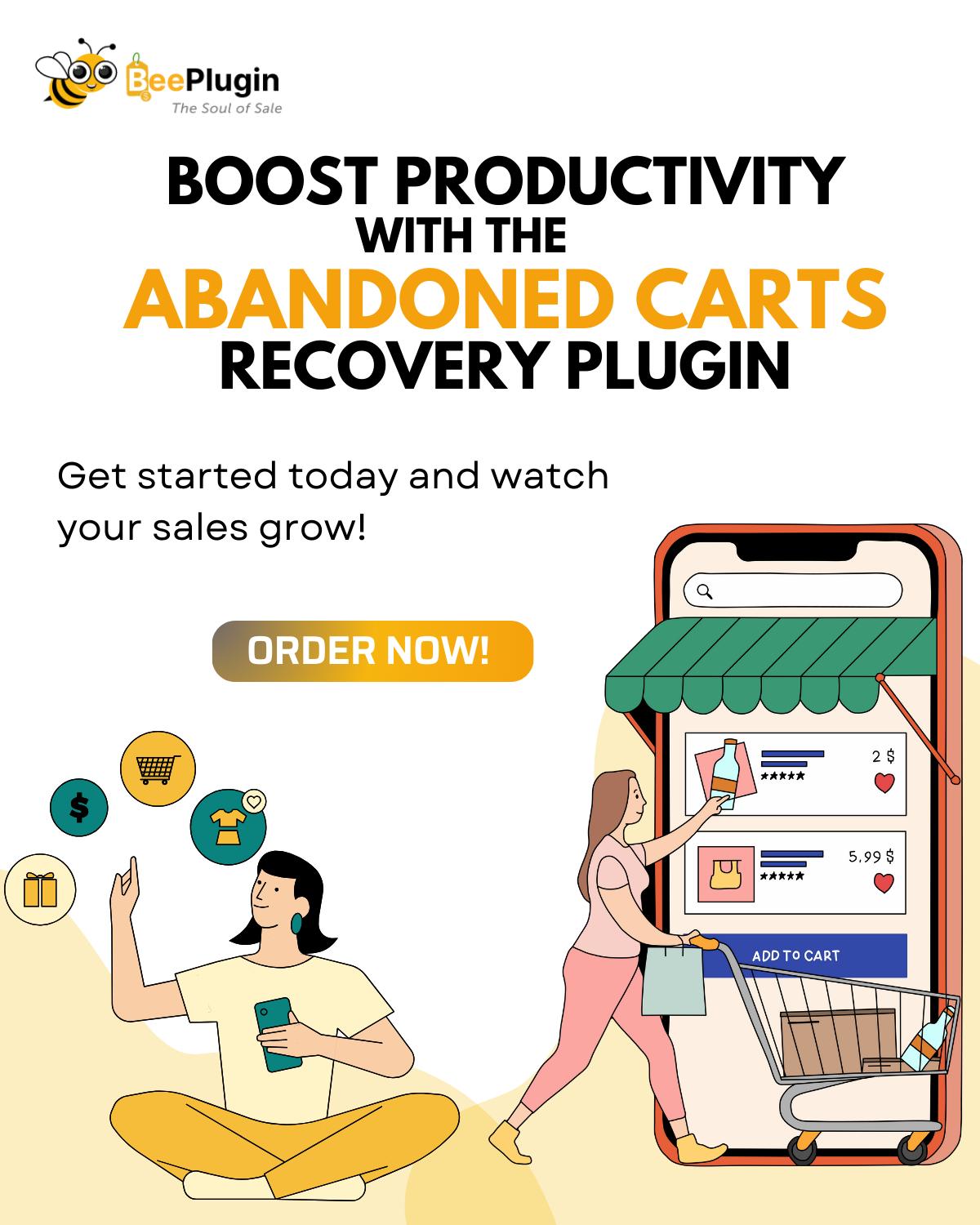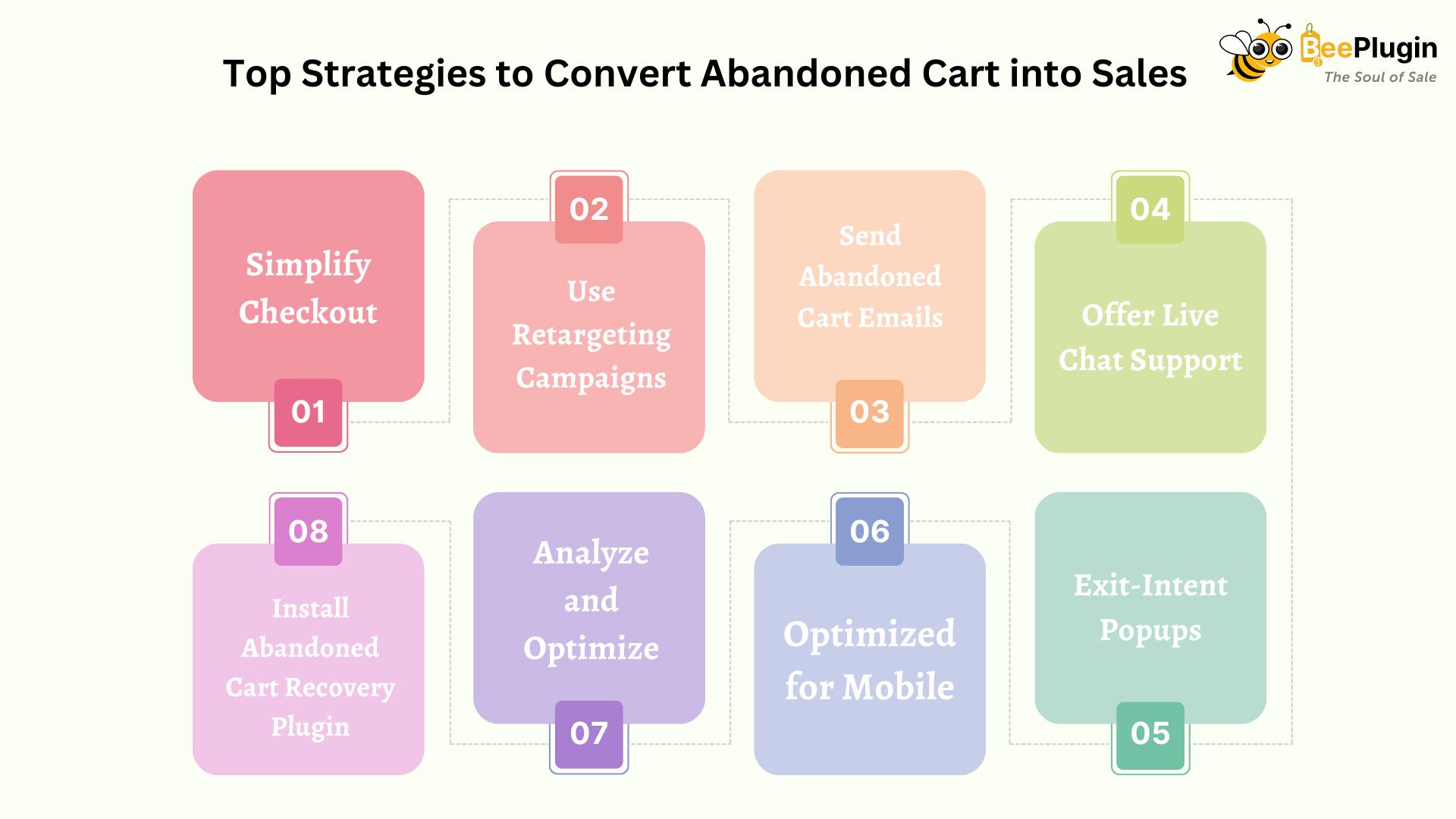

Abandoned carts are a common challenge for e-commerce businesses, representing missed opportunities for conversion and revenue.
However, with the right strategy in place, abandoned cart emails can be a powerful tool for re-engaging customers and recovering lost sales.
In this blog, we’ll explore effective strategies to optimize your emails. Consequently, you will learn how to transform them into persuasive communication channels that drive conversions and foster customer loyalty.

By optimizing the timing, personalization, clarity of CTAs, incentives, social proof, mobile responsiveness. Conducting regular A/B testing, you can create compelling emails that drive conversions and foster long-term customer relationships.

Embrace creativity and, at the same time, experiment with different approaches. Additionally, leverage data-driven insights to continuously refine your strategy. Consequently, you will unlock the full potential of your email marketing efforts.
To customize your emails you need to install WooCommerce abandoned cart plugin by BeePlugin.
10 Reasons and Strategies for Abandoned Cart
In the world of WooCommerce where a few clicks separate a potential customer from completing a purchase the phenomenon of abandoned-carts poses as a challenge for businesses. Let’s assume that a customer browses your online store, adds products to their cart, and then inexplicably exits the website without completing the transaction.
This scenario is all too familiar to online retailers, and understanding the reasons behind cart abandonment is crucial for devising effective strategies to counteract this trend.
In this blog post, we’ll delve into the top reasons why customers abandon their shopping carts and explore proven strategies to mitigate these challenges, ultimately boosting conversion rates and enhancing the overall online shopping experience.
What is Cart Abandonment?
WooCommerce cart abandonment refers to the online shopping behavior where customers add products to their cart but abandon them without making a purchase.
This phenomenon is important for online retailers, indicating a breakdown in the conversion funnel and potential missed revenue opportunities.

Cart abandonment occurs for various reasons, ranging from unexpected additional costs during the checkout process, such as shipping fees and taxes, to concerns about the security of payment information.
The complex and often lengthy nature of the checkout process, including mandatory registration requirements, can also contribute to users abandoning their carts.

In the dynamic landscape of WooCommerce, where every interaction matters, tackling cart abandonment is a vital aspect.
By recognizing the various factors that contribute to abandoned carts and implementing strategic solutions, businesses can create a smoother for their customers.
From transparent shipping costs to streamlined checkouts and trust-building measures, every detail counts.

As we conclude our exploration of the top reasons for WooCommerce cart abandonment and the corresponding strategies to reduce it, remember that an informed and customer-centric approach can turn abandoned carts into completed transactions.


